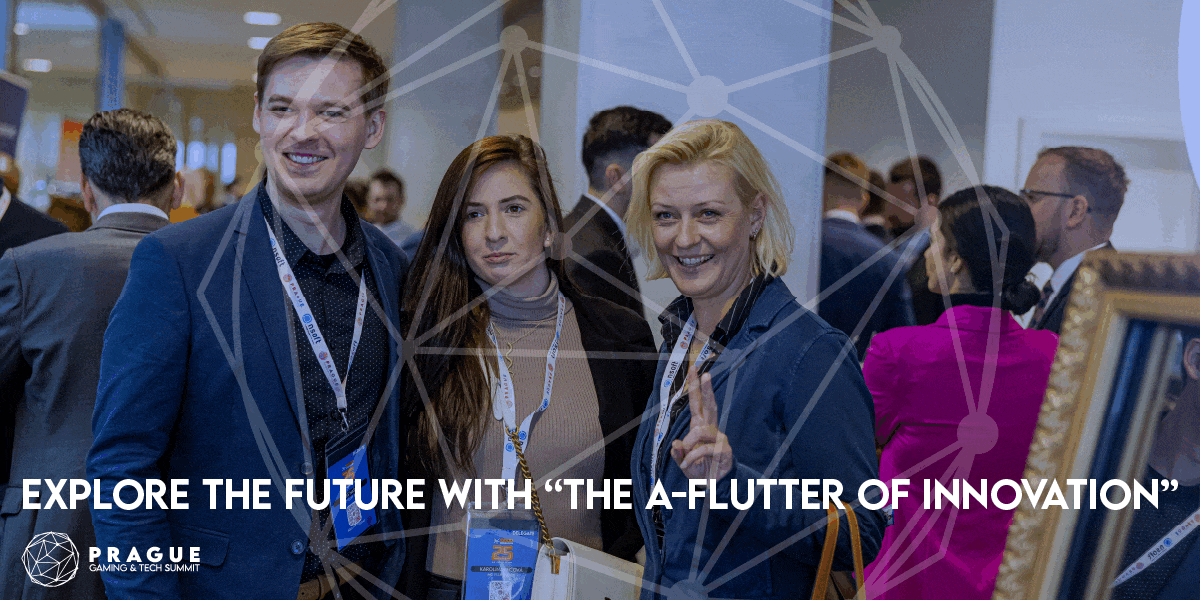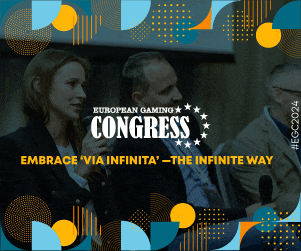Fintech
Artmarket.com: Here’s why the art market, via the NFT revolution, will enjoy exponential growth with Artprice

For 25 years now, Artprice by Artmarket – world leader in art market information – has been studying, analyzing and researching the structure of the art market from every possible angle. This work has engaged all of its human and technical resources, including its art history department, its databases, its econometricians and statisticians, its sociologists, and of course its economists, jurists and tax specialists.
According to thierry Ehrmann, founder and CEO of the group, ‘Over the past five years, Artprice by Artmarket has literally second guessed the impact of NFTs on the art market by adding blockchain to its core database business and digitizing its historical art market standardization work. Artprice is the sole author of these projects with IP protection of its source codes since 1999′.
For its innovative R&D and its creation of Artpriceblockchain.com, Artmarket was awarded the prestigious state label “Innovative Enterprise” by the BPI (French public investment bank) in 2015 and then again in 2018 (it is rarely awarded more than once).
Artmarket.com is now setting its sights even higher as it launches its NFT ® Marketplace with a realistic ambition to generate a future turnover of several tens of millions of euros, and possibly even hundreds of millions in the longer term.
This ambition is based on the logic and reasoning explained below, which, on the one hand involves a specific and unique approach to Blockchain and NFTs, and on the other, relies on a historical, sociological and economic analysis of the art market.
Specific and unique approach to Blockchain and NFTs
In the design of its DAO (Decentralized Autonomous Organization) Artmarket.com will produce ‘smart contracts’ registered on the Ethereum blockchain.
Today, Artmarket.com’s eco-responsibly designed DAO brings together the immutable and transparent rules governing the art market (one of the oldest market’s in the world) with total impartiality. Artprice has been scientifically codifying these rules for the last 25 years.
Artmarket.com’s DAO is transparent. It is de facto based on a supra-national framework and is the subject of contributions from the best historians, jurists, scientists and econometricians. These contributions have been collected over the past two decades to establish the company’s open data.
Artprice – world leader in art market information – has been the sole author of its databases for 25 years. Today, its databases are authoritative throughout the world and include the world’s largest documentary archive of notes, manuscripts and sales catalogs since 1700, which further guarantee the authenticity and historical legitimacy of its databases.
As a direct consequence of its reliability and its undisputed reputation in the art market, Artprice has the full capacity and is perfectly positioned to play the role of oracle (source of reliable information that allows the integration of variables from the real world into smart contracts) in Artmarket.com’s blockchain.
Artprice’s legitimacy as a blockchain oracle is based on its real-time collection of data from 6,300 auction houses around the world which automatically transfer their public auction results to Artprice.
Within Web 3.0 communities, an oracle can only be an oracle if it relies on a multitude of public sources, which is exactly what Artprice does with its 6,300 public sources.
As an oracle, Artprice will feed data from its databases. This data will include public auction results; historical, indexed and econometric data about artists and their works; detailed information concerning the traceability of works, etc.
As an oracle input, Artprice’s data will have the status of ‘recognized official market information’, and the activation or non-activation of ‘smart contracts’ will depend on the information provided by Artprice.
There is no doubt that Opensea and Rarible, to name but two, are among the NFT platforms that would immediately benefit from an industrial collaboration with Artmarket.com, the latter providing an indisputable, unavoidable and global art market reference going back a quarter of a century.
Artmarket.com will study each proposal, joint venture, capital participation, merger and/or acquisition and will give its approval if the proposals make good industrial sense and perpetuate its principal ethic: the promotion of art market information and transparency.
In view of the different legislation in force in France and, at a broader level, in Europe generally, Artmarket.com is looking into registering with the AMF as a Digital Assets Service Provider (DASP or PSAN in French) with a view to its forthcoming status as a FinTech company. At the same time, Artmarket.com will constantly monitor US and European legislation thereby allowing it and its American subsidiary to make the best choices as a future FinTech.
Historical, sociological and economic analysis of the art market
The following synthesis by Artmarket.com is based on the study of thousands of articles and reports, and hundreds of interviews, meetings and conferences on the world of cryptology, cryptocurrencies, blockchain, NFTs and the metaverse.
Thanks largely to the greater transparency and the greater ease of access to information – to which Artprice has been the main contributor in the world for 25 years – it has been made possible to observe that the art market experienced an overall turnover growth of +2700% between 2000 and 2020.
The art market’s growth – initially specific to the West – is now happening on five continents of the globe. Lately it has been substantially driven by a veritable explosion of the media employed by artists and the arrival of young artists with astonishing auction debuts in what is clearly now an efficient market.
The principal question Artprice has been studying and following closely is the impact of NFTs on the art market. Each of its annual reports devotes a large chapter to NFTs, such as its latest Contemporary Art Market Annual Report published in October 2021: https://www.artprice.com/artprice-reports/the-contemporary-art-market-report-2021
At the Beginning of 2022, Artmarket.com will publish a comprehensive report on NFTs and their impact on the art market.
Using the experience of its various departments, Artprice compares NFTs with the market for multiples (lithographs, prints, serigraphs, etc.) in the 20th century.
It was traditionally believed that multiples weakened artists whose markets were already established. This belief was essentially based on a technical and scientific reality: it was not possible to control with absolute certainty the number and quality of prints/multiples in circulation. As a result, prints/multiples are often considered the poor cousins of the art market.
Another interesting fact to consider before pursuing this comparison is liquidity. In reality, if you want to buy an artwork that you can be sure to sell within a year, you need to pay at least €20,000. In 2021, if you are looking for exit liquidity within a month, you need to pay at least €50,000.
NFT artworks, because they represent a complete paradigm shift, challenge the whole traditional economy of the art market.
Indeed, the NFT revolution, which undermines all the barriers inherent to the mores, customs and standards of the traditional art market, is now clearly approved by a broad consensus of users, collectors and creators, and notably, by whole communities of artists themselves.
Blockchain technology, via ‘smart contracts’, allows the issuance of ‘non fungible tokens’ with scientific certainty about their origin, their number and indeed about their every detail. This instantly affords confidence to the art market which, under these conditions, accepts the creation and circulation of multiples, which, in the past, might have weakened the artist’s market.
But, the NFT revolution doesn’t stop there. It is now based on digitally-certified issues that, thanks to blockchain, no-one can divert. For example, this allows a recognized artist (with an established price range) to issue a large number of NFTs forming a collection of digital works that become a sort of dialogue with his/her public. This interactivity will attract new collectors to the artist’s universe/metaverse. The artist will then be able to see his/her income and notoriety grow, without damaging his/her reputation and relationship with the art market’s key players.
According to our cross-checked calculations based on a large range of criteria and considerations, this radical transformation of the art market is likely to grow the population of art collectors from approximately 120 million today (with an average age of 54) to more than 900 million buyers of NFTs (and who knows what other artistic formats…) with a much younger and much more varied sociological profile.
Put simply, there exists today a whole generation of humans that has always lived with digital technology and completely understands that art NFTs are a sought-after, rare and speculative product surrounded by hype and considered avant-garde, and affording a degree of digital social recognition… and neither the hip factor, nor the modishness, nor the speculative aspect are a problem for this generation.
In addition, in 2021, digital media are absolutely everywhere: smartphones, smartTVs, tablets and computers, number in the billions. These high definition screens, now with very low power consumption due to MicroLEDs with deflationary prices, are increasingly prevalent in our daily lives, both in the private, and professional spheres, and in public spaces like airports and shopping centers, etc..
NFT Art has been conceptualized to penetrate into everyone’s daily lives, in an ‘ultra-democratization’ of art, without loss of rarity and quality. The revenues generated by this historic change are already spectacular, as we saw with the result of Beeple,alias Mike Winkelmann, ($69.3 million) at Christie’s, already rivaling historical auction records for physical works. These results are playing a spearhead role for this new world.
In addition, the new buyers of NFTs can engage in a form of double speculation: on the one hand, there’s the artwork which is a thousand times easier to sell (on an NFT platform) than the multiples of the last century; and on the other hand, there’s the fluctuation in the value of the cryptocurrency in which its value is denominated. This is a significant factor as it adds the possibility of economic gain to the pleasure of accessing art.
Through its expertise in the art market, Artprice by Artmarket has the ability to ‘bring out’ thousands of communities of artists (with known market prices) originating from recent trends like Street Art (whose visual works seems to have been born for NFTs) among others, or even more fringe trends like performance art, which has been always excluded from the mass market.
With Artmarket.com smart contracts, the artist or his/her beneficiaries and Artmarket.com will receive recurring income from the NFT artwork, from its primary issue to its various transactions on the secondary market.
What Artmarket.com brings to the NFT market is its guarantee as world leader in art market information along with its expertise, its extreme technological discipline and the strict terms in the metadata of its smart contracts, thereby creating the necessary conditions for the success of this new revolution in the art market.
The DNS artpricecoin.com, filed in December 2017 (along with all the corresponding names) illustrates Artprice by Artmarket’s early awareness of this paradigm shift to NFTs and cryptocurrencies.
As a global phenomenon, the advent of NFTs within a blockchain environment has parallels with the world of music. In its very early days, music was only available to those who went to listen to it. This changed with the technical capacity to record and reproduce sound on different media.
That technological advance democratized music, infinitely multiplying the listening possibilities. The number of musicians as well as the number of music enthusiasts literally exploded, generating colossal financial flows and profits within what is commonly called ‘the music industry’, which, at the end of 2021, had nearly one billion paying subscribers, thanks to digital technology.
With the arrival of NFTs, the paradigm shift in the art market is at least comparable. This change will take us towards a mass art market, but one that will always retain a certain elitist quality (like all cultural markets).
Through exchanges between Artprice by Artmarket and internationally renowned artists (and others) and/or their beneficiaries, we have become acutely aware of a strong demand to exploit the NFT medium in a carefully considered manner. And awareness of the potential of NFTs in the blockchain environment already appears to be very widespread.
For artists, past and present (768,000 artists are referenced and priced on Artprice by Artmarket), the NFT phenomenon represents a very powerful growth driver. Artists are the central core on which the whole art market is based and they will now apprehend the future of the art market, and their own futures, from a very positive angle within the Artmarket.com universe, which will progressively transform into a metaverse.
Images:
[https://imgpublic.artprice.com/img/wp/sites/11/2021/12/image1-AbodeofChaos-99.jpg]
[https://imgpublic.artprice.com/img/wp/sites/11/2021/12/image2-NFT-bill.jpg]
Copyright 1987-2021 thierry Ehrmann www.artprice.com – www.artmarket.com
- Don’t hesitate to contact our Econometrics Department for your requirements regarding statistics and personalized studies: [email protected]
- Try our services (free demo): https://www.artprice.com/demo
- Subscribe to our services: https://www.artprice.com/subscription
Fintech
Fintech Pulse: Daily Industry Brief – A Dive into Today’s Emerging Trends and Innovations
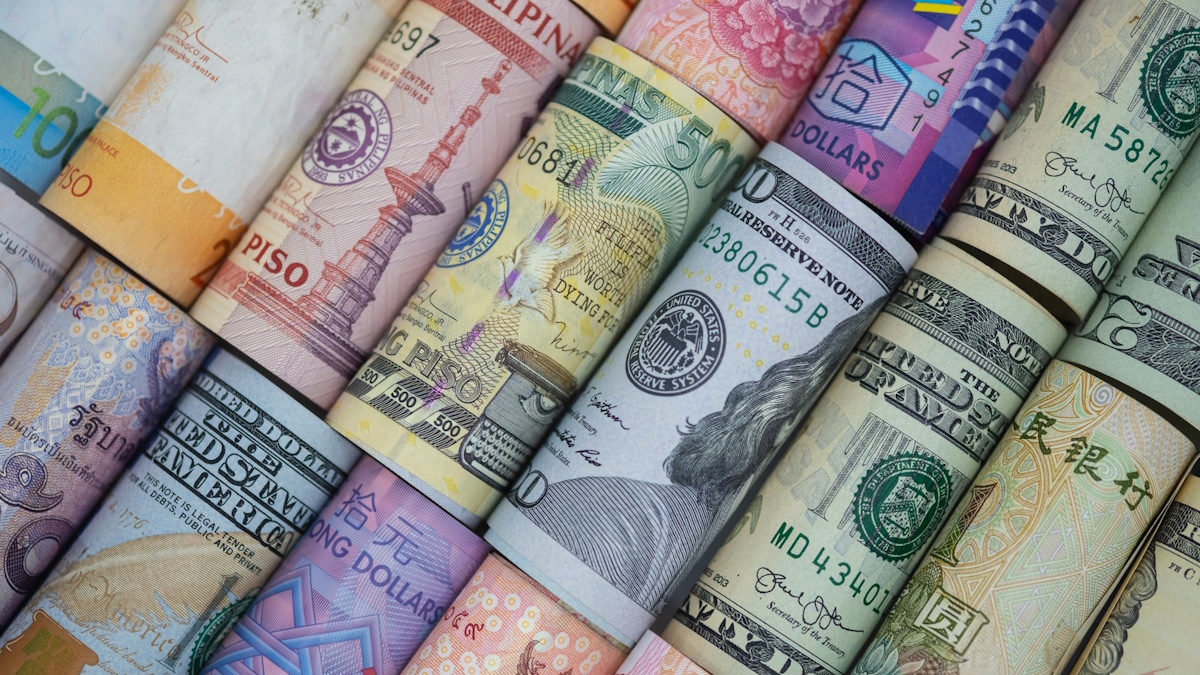
The fintech landscape continues to redefine itself, driven by innovation, partnerships, and groundbreaking strategies. Today’s roundup focuses on the latest digital wallet offerings, evolving payment trends, strategic collaborations, and notable funding achievements. This editorial explores the broader implications of these developments, casting light on how they shape the future of fintech and beyond.
Beacon’s Digital Wallet for Immigrants: A Gateway to Financial Inclusion
Beacon Financial, a leading player in financial technology, recently launched a digital wallet tailored to meet the unique needs of immigrants moving to Canada. This offering bridges a critical gap, enabling seamless financial integration for newcomers navigating a foreign system.
By combining intuitive technology with user-centric features, Beacon aims to empower immigrants with tools for payments, savings, and remittances. This aligns with the growing demand for tailored financial products that resonate with specific demographics.
Op-Ed Insight:
Financial inclusion is more than just a buzzword; it’s a moral imperative in the fintech space. Products like Beacon’s digital wallet highlight the industry’s potential to create tangible change. As global migration trends increase, such offerings could inspire similar initiatives worldwide.
Source: Fintech Futures.
Juniper Research Highlights 2025’s Payment Trends
Juniper Research’s latest report unveils pivotal payment trends poised to dominate in 2025. Central themes include the adoption of instant payment networks, a surge in embedded finance solutions, and the rise of crypto-backed financial products.
The research underscores the rapid adoption of real-time payment systems, fueled by increasing consumer demand for speed and efficiency. Meanwhile, embedded finance promises to blur the lines between traditional banking and non-financial services, delivering personalized and context-specific solutions.
Op-Ed Insight:
As the lines between financial services and technology continue to blur, these trends emphasize the industry’s shift toward convenience and personalization. The growing role of crypto-based solutions reflects an evolving consumer mindset, where decentralization and digital-first experiences gain precedence.
Source: Juniper Research.
MeaWallet and Integrated Finance Partner to Revolutionize Digital Wallets
MeaWallet, a prominent fintech solutions provider, has partnered with Integrated Finance to advance digital wallet capabilities and secure card data access for fintech companies. This collaboration focuses on empowering fintechs to deliver better, safer digital payment experiences.
MeaWallet’s role as a technology enabler aligns seamlessly with Integrated Finance’s goal of simplifying complex financial infrastructures. Together, they aim to create scalable, robust platforms for secure payment solutions.
Op-Ed Insight:
Partnerships like this underscore the importance of collaboration in driving innovation. As security concerns grow in tandem with digital payment adoption, solutions addressing these challenges are essential for maintaining consumer trust. The fintech ecosystem thrives when synergy and innovation coalesce.
Source: MeaWallet News.
Nucleus Security Among Deloitte’s Fastest-Growing Companies
Nucleus Security has achieved a remarkable milestone, ranking 85th on Deloitte’s 2024 Technology Fast 500 list. This achievement is attributed to its robust cybersecurity solutions, which cater to the increasingly digital fintech environment.
With cyberattacks becoming more sophisticated, fintech companies are under immense pressure to safeguard their platforms. Nucleus Security’s growth reflects the rising demand for comprehensive, scalable security solutions that protect sensitive financial data.
Op-Ed Insight:
In a digital-first world, robust cybersecurity isn’t optional—it’s fundamental. The recognition of companies like Nucleus Security signals the growing importance of protecting fintech infrastructure as the industry scales globally.
Source: PR Newswire.
OpenYield Secures Funding to Transform the Bond Market
OpenYield has announced a successful funding round, aiming to revolutionize the bond market through innovative technology. The platform promises greater transparency, efficiency, and accessibility in fixed-income investments.
This funding underscores the growing appetite for digitizing traditionally opaque financial markets. By leveraging cutting-edge technology, OpenYield seeks to democratize bond investments, making them accessible to a broader audience.
Op-Ed Insight:
The bond market, long viewed as complex and inaccessible, is ripe for disruption. OpenYield’s efforts to modernize this space highlight fintech’s transformative potential to democratize finance and empower individual investors.
Source: PR Newswire.
Key Takeaways: Shaping the Future of Fintech
Today’s developments underscore several critical themes in the fintech landscape:
- Personalization and Inclusion: Products like Beacon’s wallet highlight the importance of understanding and addressing specific user needs.
- Collaborative Ecosystems: Partnerships, like that of MeaWallet and Integrated Finance, emphasize the power of collaboration in solving industry challenges.
- Emerging Technologies: Juniper Research’s predictions affirm the continued influence of blockchain, embedded finance, and instant payment networks.
- Security at the Core: The recognition of Nucleus Security underscores the essential role of cybersecurity in fintech.
- Market Transformation: OpenYield’s funding signifies the ongoing disruption of traditional financial markets, paving the way for broader accessibility.
The post Fintech Pulse: Daily Industry Brief – A Dive into Today’s Emerging Trends and Innovations appeared first on News, Events, Advertising Options.
Fintech
Fintech Pulse: Industry Updates, Innovations, and Strategic Moves
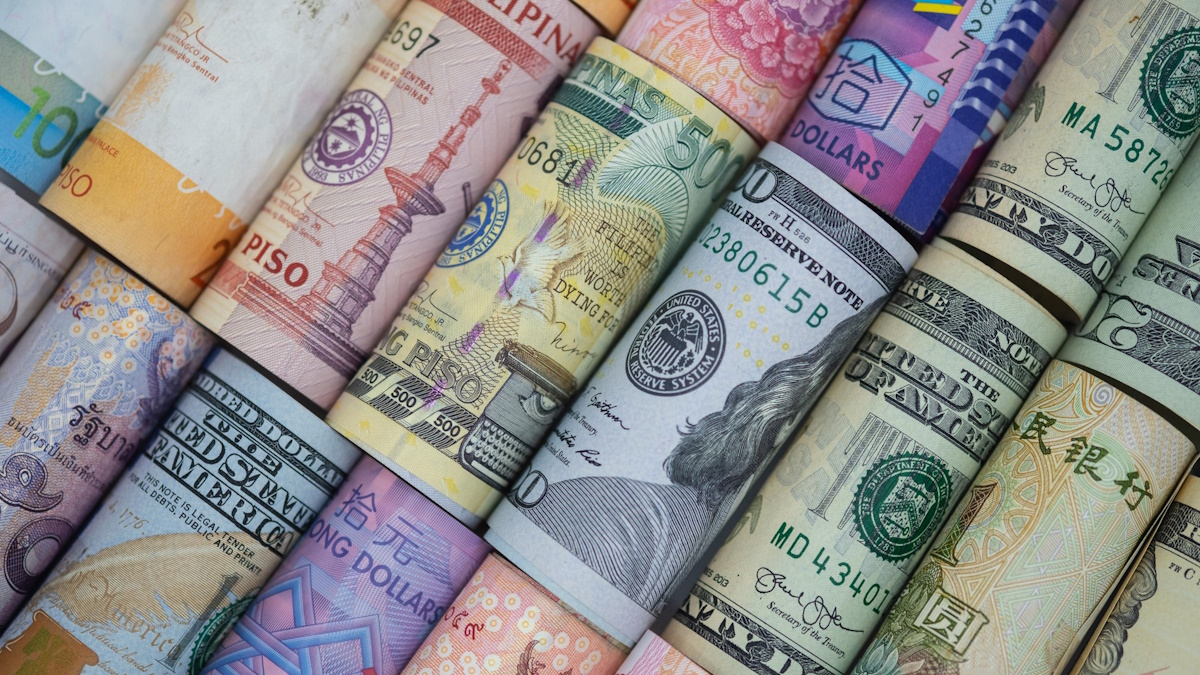
As fintech continues to reshape the global financial landscape, today’s briefing highlights pivotal developments, strategic expansions, and innovative launches across the industry. This op-ed explores the latest advancements with commentary on their potential impacts and challenges.
Finastra Data Breach: A Wake-Up Call for Fintech Security
Source: KrebsOnSecurity
The cybersecurity landscape is buzzing after Finastra, one of the largest financial technology providers globally, confirmed an investigation into a potential data breach. Reports suggest unauthorized access to its systems, raising concerns about data security across its client base, which includes thousands of banks and financial institutions worldwide.
Implications and Challenges
While the details of the breach remain sparse, this incident underscores a glaring vulnerability in the fintech sector—cybersecurity. As financial services increasingly rely on interconnected ecosystems, breaches like these threaten not only individual institutions but also the trust customers place in fintech platforms.
The key takeaway for the fintech industry is clear: proactive cybersecurity strategies must go beyond compliance. Real-time threat detection, robust encryption standards, and regular audits are no longer optional but essential for maintaining operational integrity.
Future Considerations
This breach could trigger a domino effect, prompting regulators to tighten security standards and requiring fintech companies to double down on investments in data protection. Startups and mid-tier players, often lacking extensive cybersecurity budgets, may face significant pressure to keep pace.
PayPal Resurrects Money Pooling Feature
Source: TechCrunch
In a bid to stay ahead of the competition, PayPal is reintroducing its Money Pooling feature, a popular tool that was discontinued in 2021. The feature allows users to pool funds collectively, catering to families, small businesses, and social groups.
Strategic Revival
This move reflects PayPal’s commitment to customer-centric innovation. By reinstating a feature beloved by its user base, the company seeks to reclaim market share lost to emerging competitors offering similar functionalities.
Broader Industry Impacts
Money pooling represents a broader trend in fintech—customized solutions that cater to niche needs. This reintroduction may inspire competitors like Venmo and CashApp to refine their collaborative payment offerings.
While this move strengthens PayPal’s ecosystem, its success will depend on seamless integration with existing services and robust fraud prevention mechanisms to avoid abuse of the feature.
Santander Expands Fintech Reach in Mexico
Source: Yahoo Finance
Santander is making waves in the Latin American fintech space with the launch of a dedicated fintech unit in Mexico. The initiative aims to capitalize on Mexico’s growing fintech adoption and digital payments market, valued at billions of dollars annually.
Strategic Significance
Santander’s expansion into Mexico highlights the region’s untapped potential. Latin America is a burgeoning market for fintech, driven by increasing smartphone penetration, a youthful demographic, and demand for accessible financial services.
Challenges on the Horizon
While Mexico offers immense opportunities, regulatory complexities and market competition from local players like Clip and Konfío pose significant challenges. Santander will need to blend its global expertise with local adaptability to succeed in this dynamic market.
2024 Global Fintech Awards: Spotlighting Excellence
Source: PRNewswire
Benzinga has announced the winners of the 2024 Global Fintech Awards, honoring companies and individuals driving innovation in financial technology. This year’s winners spanned categories like blockchain, artificial intelligence, and payment solutions.
Recognizing Industry Leaders
Awards like these highlight the collaborative spirit and entrepreneurial drive fueling fintech growth. Recognizing trailblazers not only motivates incumbents but also inspires startups to push the boundaries of innovation.
What It Means for the Ecosystem
The awards also bring attention to emerging technologies. Categories such as blockchain and AI signal the industry’s continued focus on leveraging cutting-edge tech for efficiency and scalability.
Commonwealth Central Credit Union Partners with Jack Henry
Source: FinTech Futures
Commonwealth Central Credit Union (CCCU) has announced a partnership with Jack Henry, a leading financial technology provider, for a comprehensive tech upgrade. The collaboration focuses on enhancing member experience through improved digital services.
Modernizing Member Experiences
Credit unions have often lagged behind major banks in adopting advanced digital solutions. By partnering with Jack Henry, CCCU aims to bridge this gap, offering members streamlined services such as mobile banking, automated lending, and personalized financial tools.
A Growing Trend
This partnership reflects a broader trend in the financial industry—credit unions and smaller banks embracing fintech to remain competitive. As customer expectations evolve, partnerships like this may become the norm rather than the exception.
Key Takeaways for the Fintech Industry
- Cybersecurity is Critical: The Finastra breach underscores the need for robust security measures.
- Innovation Drives Loyalty: PayPal’s revival of its Money Pooling feature highlights the importance of listening to customers.
- Regional Opportunities: Santander’s expansion into Mexico showcases the untapped potential of emerging markets.
- Recognition Matters: Awards like Benzinga’s provide valuable visibility for companies and individuals shaping the industry.
- Partnerships Foster Growth: Collaborations between credit unions and fintech companies signify a trend towards modernized financial solutions.
The post Fintech Pulse: Industry Updates, Innovations, and Strategic Moves appeared first on News, Events, Advertising Options.
Fintech
Fintech Pulse: Milestones, Partnerships, and Transformations in Fintech
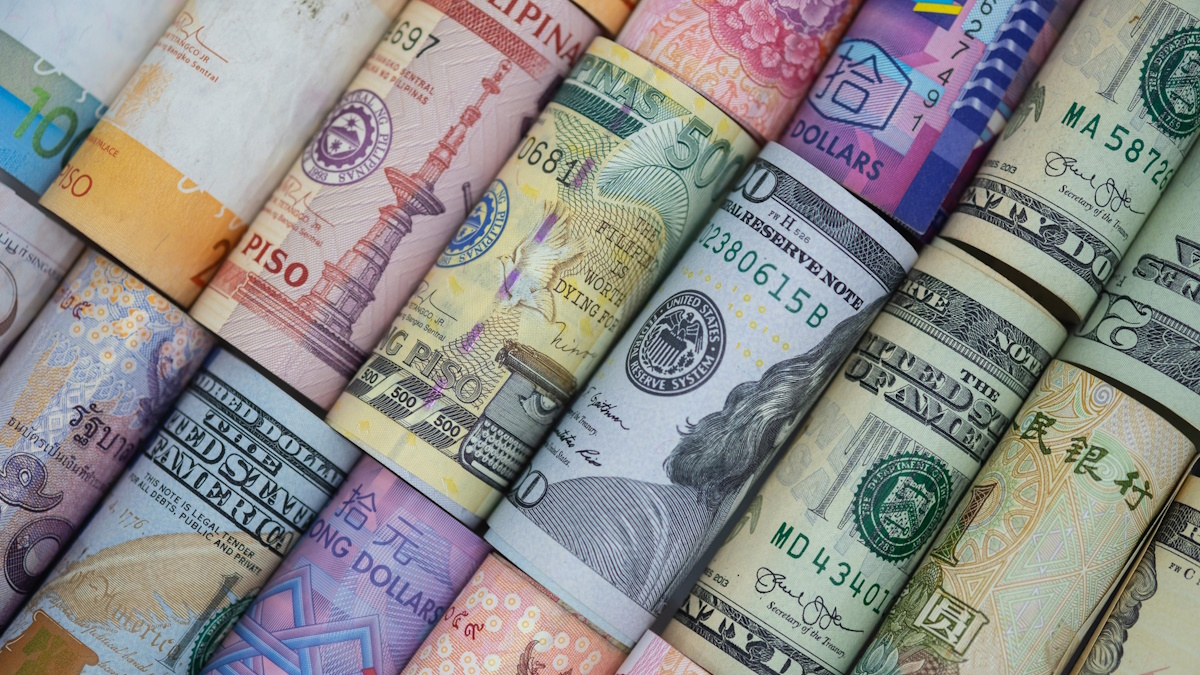
The fintech sector continues its relentless drive toward innovation and market dominance. Today’s highlights include a record-breaking customer milestone for Revolut, groundbreaking fintech solutions for women in the EU, open entries for the PayTech Awards 2025, implications of political shifts on funding, and notable recognition at the US FinTech Awards.
Revolut Hits 50 Million Customers: A Global Fintech Giant’s Milestone
Source: Revolut
Revolut, the UK-based financial super app, has achieved a monumental feat: surpassing 50 million customers worldwide. This milestone underscores its position as a leader in the global fintech landscape, furthering its ambition to create the world’s first truly global bank.
Key to this success has been Revolut’s strategy of expanding its offerings, from banking to travel and crypto services, all within a seamless user experience. The company’s recent ventures into emerging markets such as Latin America and Asia demonstrate its intent to bridge financial services gaps while retaining competitive differentiation through technology.
This milestone is not just a triumph for Revolut but a signal of fintech’s capacity to redefine traditional banking. It reinforces the narrative that digital-first strategies, customer-centric innovation, and international scalability can challenge long-standing financial institutions.
PayTech Awards 2025: Celebrating Excellence in Innovation
Source: FinTech Futures
The PayTech Awards 2025 are officially open for entries, promising to spotlight the brightest minds and most innovative projects in the payment technology sector. These awards are a testament to the industry’s commitment to advancing secure, seamless, and scalable payment systems.
This year, the focus is on emerging technologies that redefine how businesses and consumers interact financially. Categories will recognize achievements across multiple domains, including sustainability in payments, AI-driven solutions, and partnerships that push boundaries.
As fintech companies prepare their entries, the awards provide a timely reminder of the sector’s ongoing evolution and the collaborative efforts required to achieve meaningful breakthroughs.
U.S. Politics and the Fintech Sector: A New Era of Funding?
Source: American Banker
The U.S. fintech sector might witness an infusion of optimism as speculation about a second Trump presidency gains momentum. The Trump-era policies of deregulation and venture capital encouragement are remembered as catalysts for unprecedented fintech growth during his first term.
While it remains uncertain how regulatory landscapes will shift, the possibility of a more relaxed approach toward fintech compliance could rejuvenate funding inflows. Investors and startups alike are watching closely, weighing the potential benefits against long-term risks tied to reduced oversight.
A politically charged backdrop often spells volatility, but for fintech, it may also spell opportunity. Preparing to adapt quickly will be crucial for startups and established players in the face of any regulatory pivot.
Klara AI and Unlimit: Addressing the €1.3 Trillion Female Economy
Source: FF News
Klara AI has teamed up with Unlimit to launch a fintech solution aimed at empowering women across the EU. This collaboration targets the €1.3 trillion female economy by addressing the unique financial needs of women entrepreneurs and consumers.
The solution promises to integrate AI-powered tools with streamlined financial management services, enabling users to access credit, manage investments, and scale businesses effectively. By tailoring services to the underserved female demographic, the partnership hopes to drive financial inclusion and support economic growth.
This initiative stands as a blueprint for fintechs exploring niche markets, proving that innovation tailored to specific segments can yield transformative results.
Autire: Accounting Tech of the Year at US FinTech Awards
Source: Business Wire
Autire, a rising star in financial technology, has been crowned ‘Accounting Tech of the Year’ at the US FinTech Awards 2024. The award recognizes Autire’s ability to blend cutting-edge AI with intuitive user interfaces, delivering unparalleled accounting solutions for businesses of all sizes.
Autire’s platform has gained traction for automating complex accounting tasks, ensuring compliance, and delivering actionable insights through real-time analytics. Its emphasis on reducing administrative burdens for SMEs has been particularly impactful, enabling entrepreneurs to focus on growth rather than bookkeeping.
The recognition not only cements Autire’s reputation but also highlights the role of AI-driven accounting solutions in reshaping business operations globally.
Final Thoughts: A Fintech Revolution in Full Swing
From customer milestones to policy-driven opportunities, the fintech ecosystem is in constant evolution. Revolut’s ascent to 50 million users signals growing consumer trust in digital platforms. The PayTech Awards continue to inspire innovation, while political shifts could redefine the regulatory landscape. Initiatives like Klara AI and Unlimit emphasize the power of targeted solutions, and companies like Autire show how niche technologies can achieve broad impact.
The next phase of fintech growth will likely hinge on inclusivity, adaptability, and innovation—pillars that today’s news stories exemplify.
The post Fintech Pulse: Milestones, Partnerships, and Transformations in Fintech appeared first on .
-

 Fintech PR7 days ago
Fintech PR7 days agoSustainable Infrastructure Holding Company (“SISCO”) Q3FY24 revenue (excluding accounting construction revenue) increases by 23.8% to 341.8 million
-
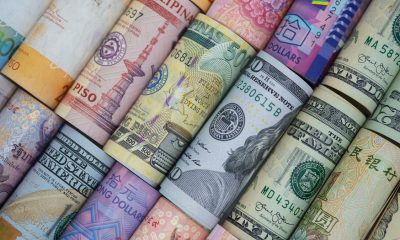
 Fintech2 days ago
Fintech2 days agoFintech Pulse: Industry Updates, Innovations, and Strategic Moves
-

 Fintech PR6 days ago
Fintech PR6 days agoLaunch of Al Faisal Al Baladi Holding
-
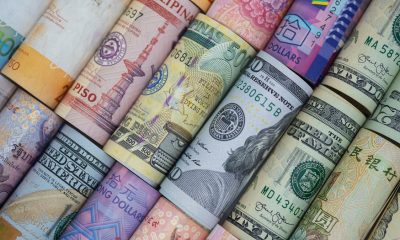
 Fintech1 day ago
Fintech1 day agoFintech Pulse: Daily Industry Brief – A Dive into Today’s Emerging Trends and Innovations
-

 Fintech PR2 days ago
Fintech PR2 days agoROLLER Releases 2025 Attractions Industry Benchmark Report, Unveiling Key Trends and Revenue Strategies
-
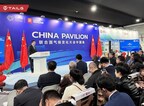
 Fintech PR2 days ago
Fintech PR2 days agoTAILG Represents the Industry at COP29, Advancing South-South Cooperation with Low-Carbon Solutions
-
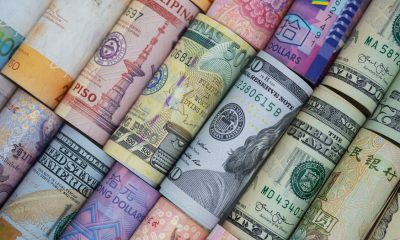
 Fintech4 days ago
Fintech4 days agoFintech Pulse: Navigating Expansion, Innovation, and Sustainability
-
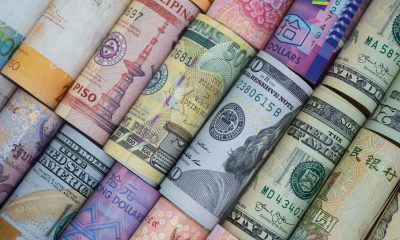
 Fintech3 days ago
Fintech3 days agoFintech Pulse: Milestones, Partnerships, and Transformations in Fintech

